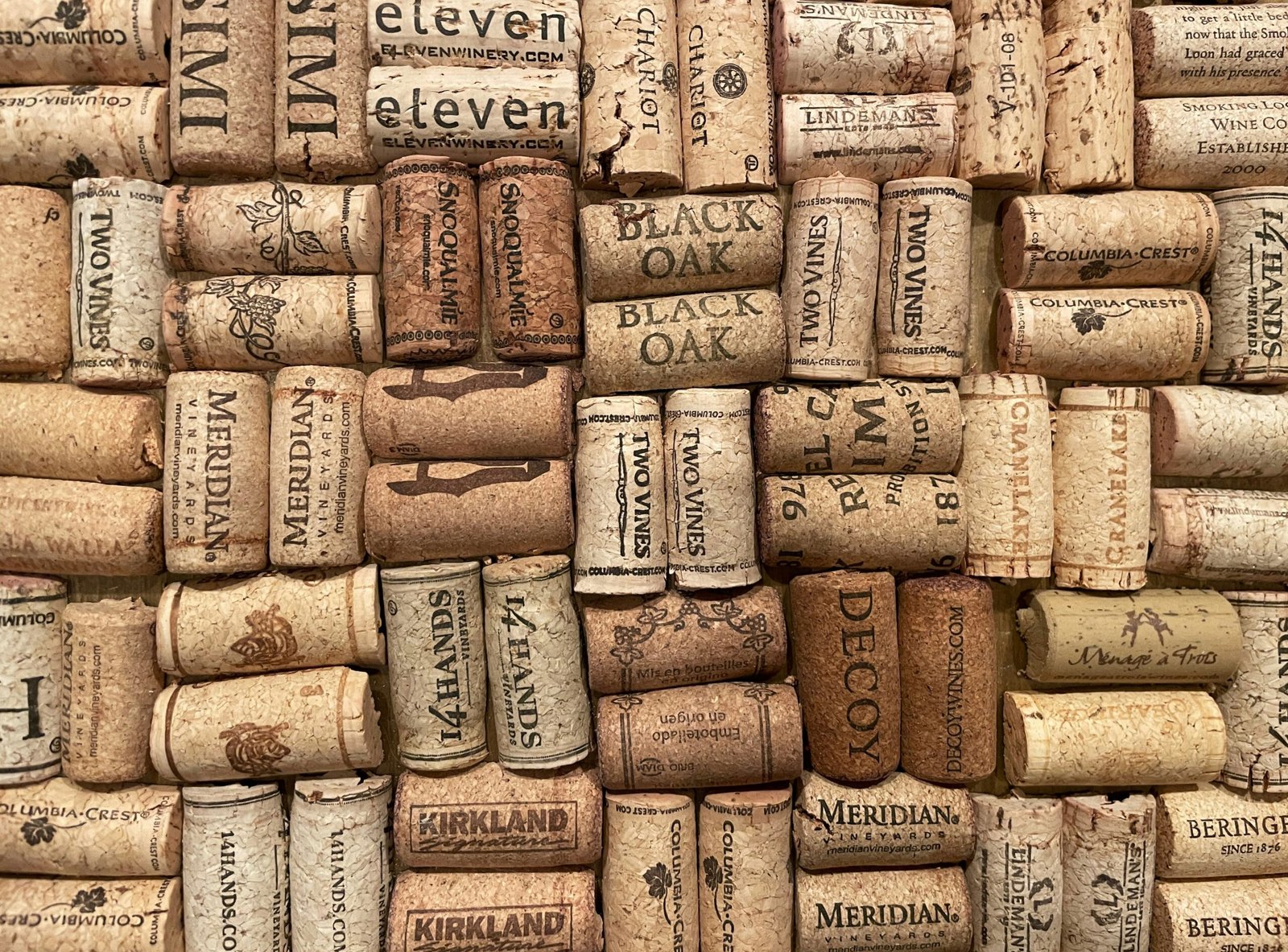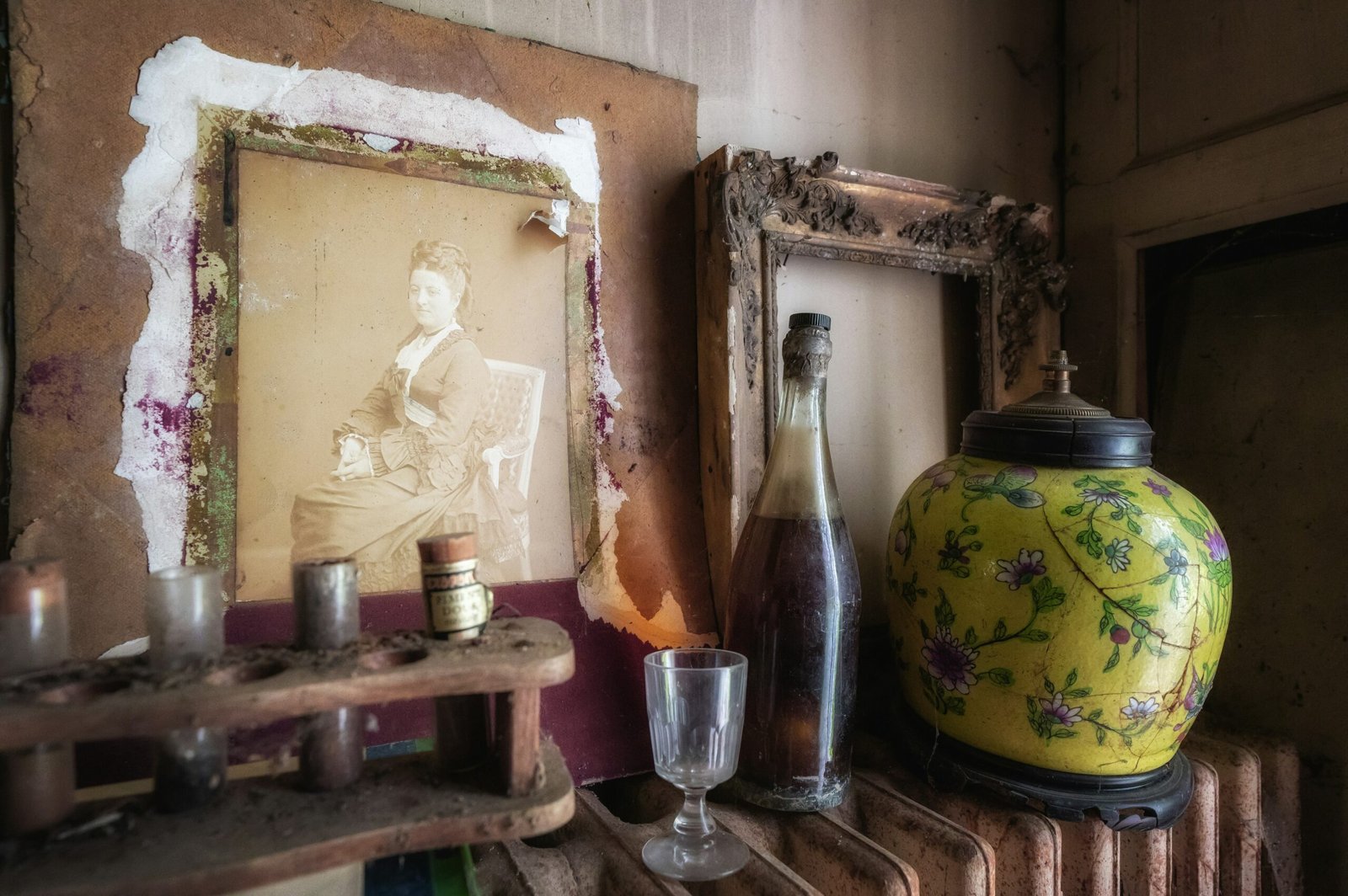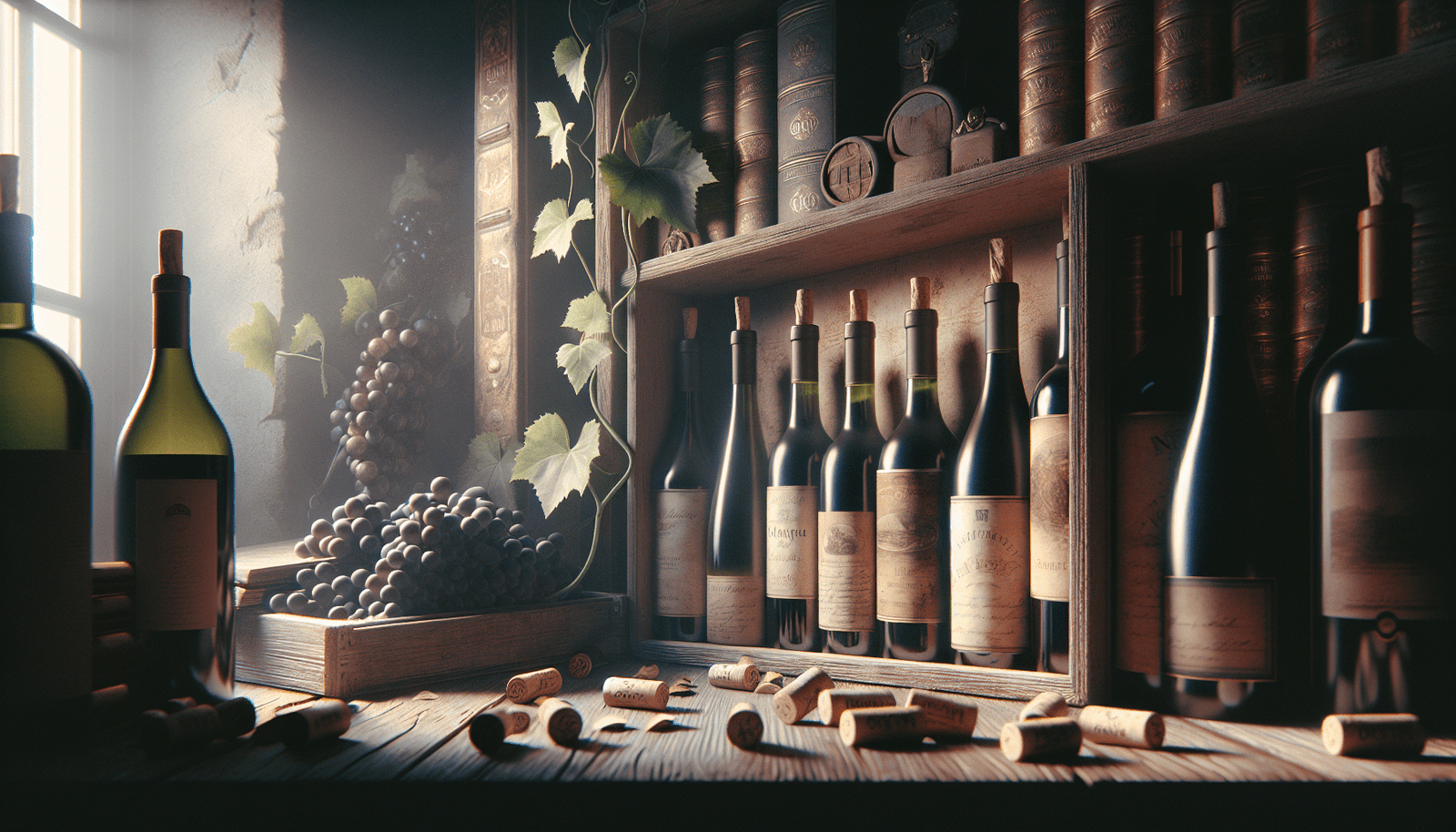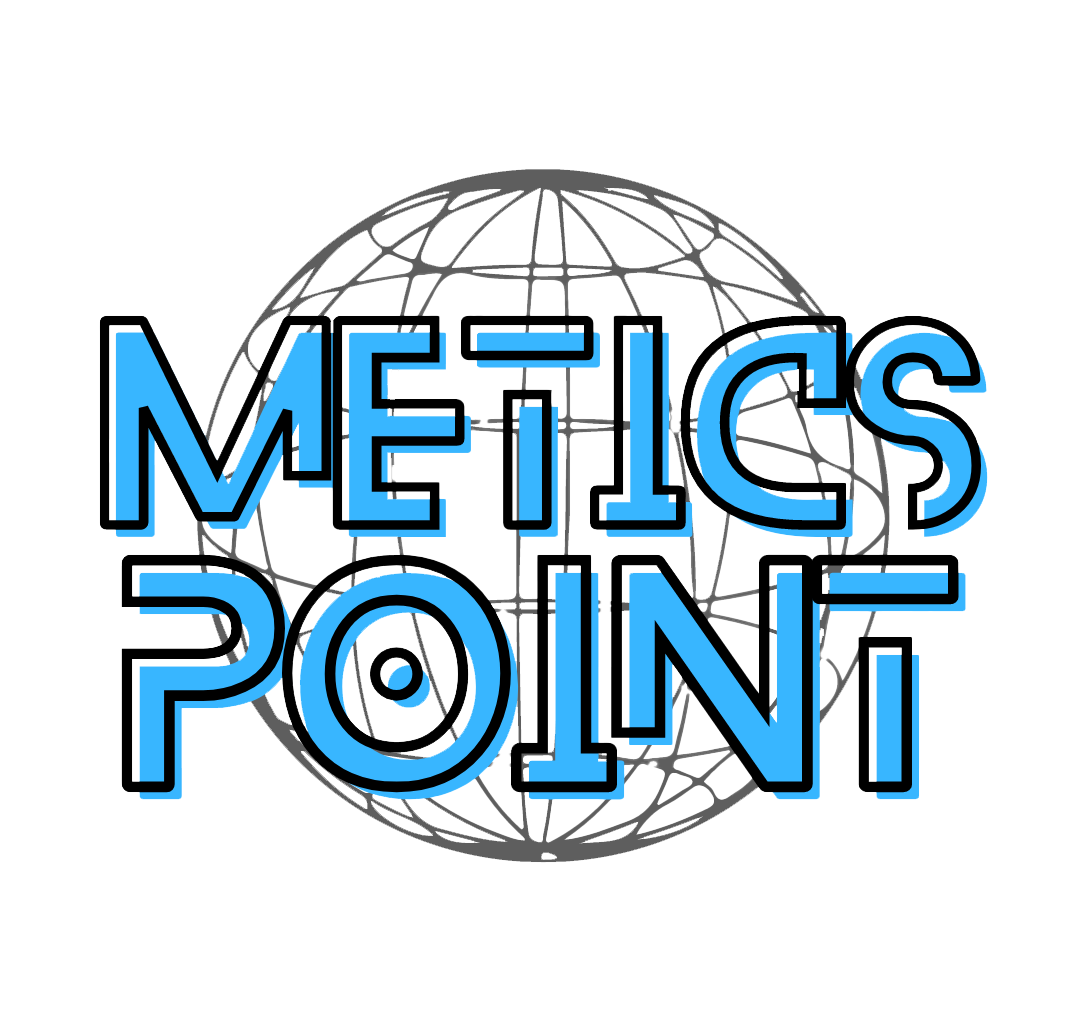Starting Your First Wine Collection with Ease
Have you ever considered starting your own wine collection but felt overwhelmed by the complexity and commitment it entails? Embarking on the journey of collecting wine doesn’t have to be daunting. It can be an enriching experience that fuses learning with enjoyment. With a strategic approach, you can begin your collection with confidence and ease.

Table of Contents
Understanding the Fascination with Wine Collecting
The allure of wine collecting rests not only in the value appreciation but also in the sensory pleasures and cultural significance it carries. Wine is an intersection of art and science, offering an ever-evolving narrative with distinct aromas, flavors, and textures shaped by the vineyard’s environment and winemaker’s expertise. Knowing where to start requires understanding this intricate tapestry.
The Historical Significance of Wine
Wine has been a part of human culture for thousands of years. Its history can be traced back to the early days of civilization. The allure of wine is its ability to tell the story of its origins, showcasing the terroir, or the environmental conditions affecting its production, including soil, topography, and climate. Understanding these elements can enhance your appreciation of the wines you select for your collection.
The Growth of Modern Wine Collecting
In recent decades, wine collecting has evolved from a niche hobby to a global phenomenon. Wine enthusiasts are often driven by a passion for quality, unique characteristics, and the enjoyment of sampling different vintages. The modern wine collector often focuses on an array of wines from key regions, appreciating the craftsmanship that goes into every bottle.
Key Concepts for New Collectors
Diving into the world of wine collecting requires familiarizing yourself with some essential concepts. These include understanding wine classifications, regions, and proper storage conditions, each of which plays a crucial role in building a meaningful collection.
Understanding Wine Classifications
Wine classifications can vary widely depending on their region of origin. For instance, Old World wines from countries like France, Italy, and Spain use a system based on geographic origin and quality standards, such as AOC in France or DOC in Spain. New World wines, from regions like the United States or Australia, tend to be classified more by grape variety. Knowing these nuances will help you make informed purchasing decisions.
Wine Regions and Grape Varieties
Familiarity with wine regions is vital. Famous regions like Bordeaux, Burgundy, and Napa Valley each offer distinct wine characteristics shaped by their unique climates and traditions. Likewise, understanding grape varieties and how they influence wine flavor profiles will guide your selections. For instance, a Pinot Noir from Burgundy will exhibit different characteristics than one from Oregon.
Importance of Storage Conditions
Proper storage is vital for preserving the quality and value of your wine. Essential factors include temperature, humidity, light exposure, and vibration. Wine should be stored at a consistent temperature, ideally between 45-65°F, with a humidity level around 70%. It should also be protected from UV light and vibrations to avoid any adverse effects on its quality.

Initiating Your Wine Collection: A Step-by-Step Guide
Now, let’s delve into a step-by-step guide tailored for new enthusiasts ready to start their collections. We’ll focus on both practical steps and tips to streamline the process and ensure successful wine collection growth.
Step 1: Define Your Collection Goals
Begin by asking yourself what you want to achieve with your collection. Whether you’re inclined toward investment or personal enjoyment, clarifying your objectives will influence the types of wine you acquire. Ask yourself the following questions:
- Investment vs. Enjoyment: Are you collecting to savor over time or to potentially sell for profit?
- Region Focus: Do you want to focus on wines from a specific region or variety?
- Quantity and Quality: What volume of wine do you intend to maintain, and what quality level suits your goals?
Step 2: Research and Authenticate
Once your goals are crystalized, dive into research about potential acquisitions. Understanding vintage strength, vineyard reputation, and market trends will guide informed purchases. Resources such as wine publications, reviews, and scores are invaluable tools.
Confirm the authenticity of your wine selections by purchasing from reputable dealers or auctions. This prevents the risk of acquiring counterfeit wines—a genuine concern in the wine collecting community.
Step 3: Invest in Suitable Storage Solutions
Creating an ideal storage environment is critical for maintaining a wine’s quality. If your budget permits, consider investing in a wine cellar or a dedicated storage unit designed to maintain optimal conditions. Options to consider include:
- Wine Fridges: Compact and controlled spaces that fit perfectly in a kitchen or living area.
- Custom Wine Cellars: Tailored installations that accommodate larger collections, offering the best storage conditions alongside aesthetic appeal.
- Professional Storage Facilities: Services provided by dedicated professional wine facilities that ensure optimal storage environments.
Step 4: Acquire and Curate
Selecting your initial bottles involves both strategy and passion. As an aspiring collector, start with wines known for aging potential and proven track records. Classic options include Bordeaux, Burgundy, and Barolo, yet plenty of emerging regions may hold appeal. Additionally, focus on an assortment of vintages to diversify the collection and provide a range of drinking windows.
Step 5: Regular Inventory and Evaluation
Systematic cataloging is essential for monitoring collection growth and quality. Use inventory management solutions or systems to document aspects such as purchase price, acquisition date, estimated value, and tasting notes. Technology integration, like wine collector apps, can simplify record-keeping and offer market value estimates.
Visualizing Your Collection Strategy
Understanding the process becomes easier through visualization. Consider organizing your collection setup visually, whether digitally or physically, to ease planning and execution. Below is a simple table format to kickstart an inventory system:
| Wine Name | Region | Vintage | Purchase Date | Est. Value | Notes |
|---|---|---|---|---|---|
| Chateau Margaux | Bordeaux | 2015 | 01/20/2021 | $500 | Bold, high aging potential |
| Penfolds Grange | Australia | 2012 | 03/05/2021 | $700 | Iconic, rich flavors |

Engaging with the Wine Community
Networking and engaging with other collectors can exponentially benefit your collection journey. Here are ways to immerse yourself in the wine community effectively.
Join Wine Clubs and Societies
Wine clubs and societies often offer members access to exclusive tastings, winery tours, and events not open to the general public. These platforms support knowledge sharing and expose collectors to wines that are not readily available in retail.
Attend Wine Tastings and Events
Participating in wine tastings, festivals, and auctions provides firsthand experiences with diverse wines and offers networking opportunities with fellow enthusiasts. These events often feature expert-led sessions that enhance technical understanding and tasting skills.
Leverage Digital Platforms
Online forums and platforms dedicated to wine collecting serve as extensive resources for collectors. Websites and apps offer a virtual community within which to discuss trends, access reviews, and gather feedback from fellow aficionados.
Real-World Success Stories
Hearing from those who have successfully started their wine collections can provide inspiration and practical insights.
Case Study: From Novice to Collector
Consider the journey of “John,” who began his wine collection with minimal knowledge but a deep interest. Starting with a modest budget, John relied on expert recommendations and gradually built a diverse collection through wine clubs and tasting opportunities. Today, John’s collection boasts several notable vintages with appreciated value and personal significance.
Comparative Analysis: New vs. Seasoned Collector Approaches
A comparative analysis of beginners versus seasoned collectors unveils differing strategies in selection and management. New collectors tend to focus on exploration and personal preference, while seasoned collectors leverage experience and market trends to guide acquisitions. Balancing these approaches may ensure a fulfilling collecting journey.

Conclusion
Beginning a wine collection requires clarity of purpose, strategic planning, and an appreciation for the cultural and sensual experiences wine provides. While the world of wine collecting is vast, it becomes manageable with understanding and methodical practice. May your own journey into collecting become a personal and rewarding venture, reflecting both your tastes and growth in vinous knowledge.
✈️ Waynesville Inn & Golf Club, Tapestry Collection by Hilton, Waynesville (NC), United States

